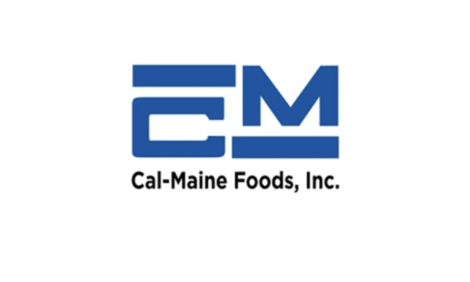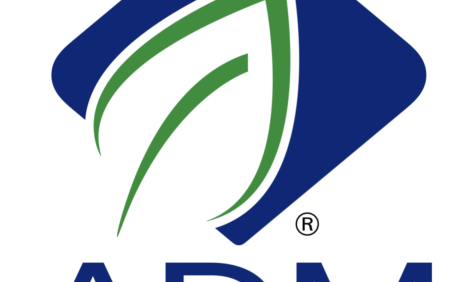



US Industry Responds to Demand for No Antibiotics in School Chicken Meals
US - The National Chicken Council has released a statement on a statement from the Urban School Food Alliance calling for its suppliers to provide chickens that have never received antibiotics, among other requirements.Tom Super, National Chicken Council vice president of communications said: "We share in the goal of providing our school children with food that is healthy, safe and affordable.
"Chicken is the most nutritious, versatile and affordable protein available, especially for growing, school-aged children. In some instances, school breakfast and lunch might be the only opportunity for kids to eat high-quality protein during the day.
"We support consumer and student choice, but we strongly caution against food trends that are not fully supported by science, will introduce higher costs into the food system, and offer no benefit to public health.”
Responsible Use of Antibiotics in Raising Chickens
Just like people, animals get sick, and treating illness is a responsible part of animal care. Even if you have the best animal health plan, some chickens may get sick and need to be treated with antibiotics.
Veterinarians have a responsibility to treat those animals in a responsible and targeted manner, for a limited duration under FDA-approved guidelines.
Antibiotic resistance is a very serious and complex issue. Several scientific, peer-reviewed risk assessments demonstrate that resistance that is emerging in animals and transferring to humans does not happen in measurable amounts, if at all.
For those antibiotics that are FDA-approved for use in raising chickens, the majority of them are not used in human medicine and therefore do not represent any threat of creating resistance in humans.
Still, antibiotics for growth promotion are being phased out through actions taken by the FDA and endorsed by animal agriculture, and the role of the veterinarian in prescribing them is being expanded.
Use of Term “Antibiotic-Free” is Misleading
All chicken meat is "antibiotic-free". If an antibiotic is used on the farm, federal rules require the antibiotics to have cleared the animals’ systems before they can be processed.
For approved antibiotics, FDA and the USDA have extensive monitoring and testing programs to make sure that food at the grocery store or in schools does not contain antibiotic residues.
Alliance Demands "No Antibiotics Ever"
NCC was responding to a press release from the Urban School Food Alliance on 9 December, announcing an antibiotic-free standard for companies to follow when supplying chicken products to its schools. The Alliance said it was taking the action to protect the future of students.
The Alliance said its landmark action focuses on chicken because it is one of the most popular items served at cafeterias across the country.
Urban School Food Alliance Chairman and Chief Executive Officer of School Support Services for the New York City Department of Education, Eric Goldstein said: "The standards we're asking from the manufacturers go above and beyond the quality of the chicken we normally purchase at local supermarkets. This move by the Alliance shows that school food directors across the country truly care about the health and wellness of students."
Working with suppliers, non-profit partners and government agencies, the Alliance has committed to requiring all chicken products to be produced under a USDA Process Verified Program that includes compliance with the following:
- no animal by-products in the feed
- raised on an all-vegetarian diet
- humanely raised as outlined in the National Chicken Council Animal Welfare Guidelines, and
- no antibiotics ever.
Urban School Food Alliance is a coalition of the largest school districts in the United States that includes New York City, Los Angeles, Chicago, Miami-Dade, Dallas and Orlando. Serving nearly 2.9 million students daily, Alliance members procure more than $550 million in food and supplies annually. The coalition aims to use its joint purchasing power and influence to help drive down nationwide costs, while setting higher standards for the quality of food served in its schools. The Alliance seeks to ensure that students receive the highest quality meals and that exceed minimum United States Department of Agriculture (USDA) guidelines.









